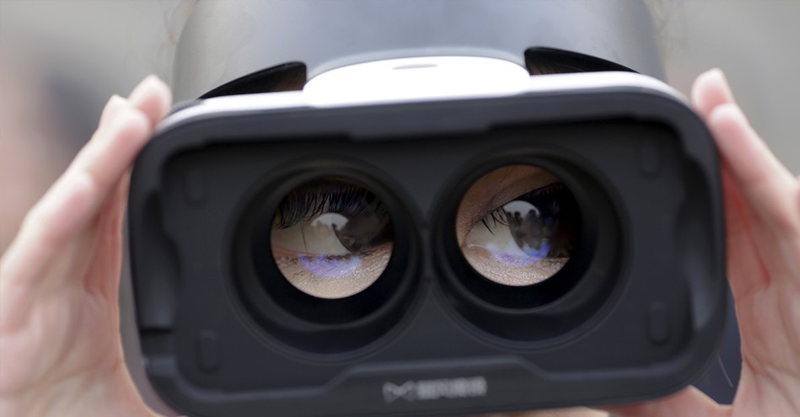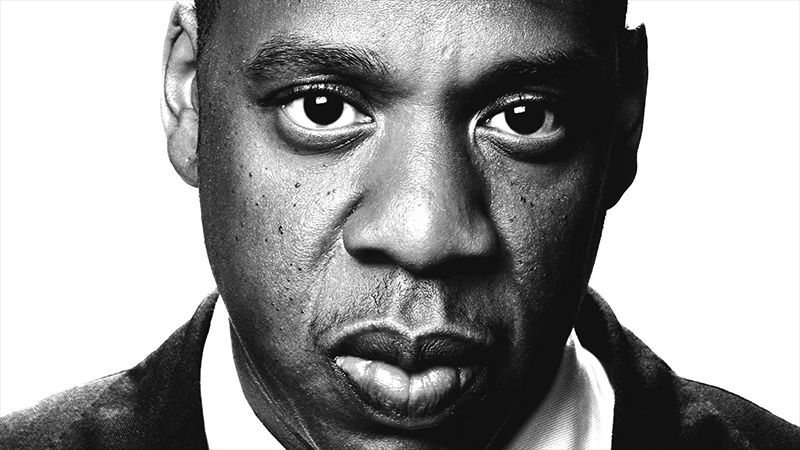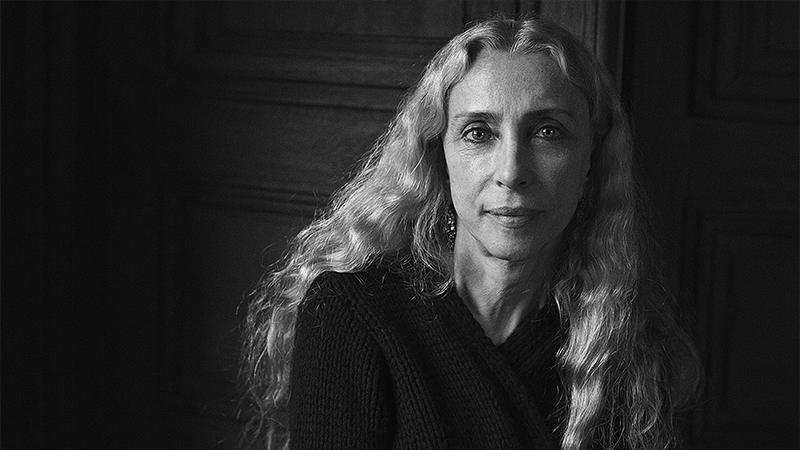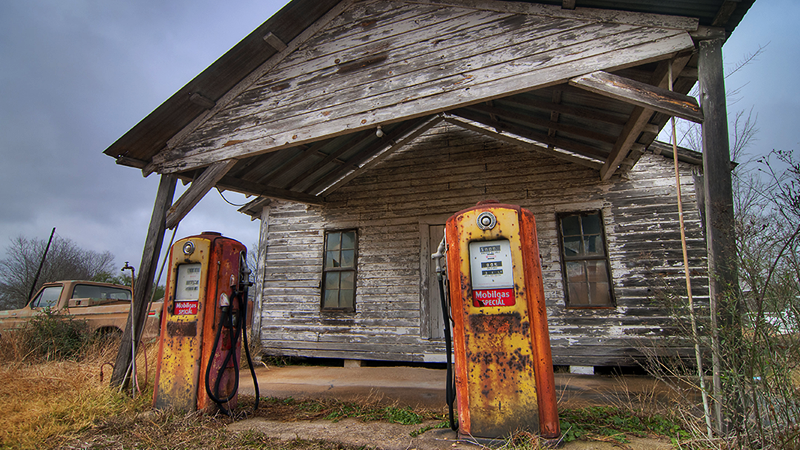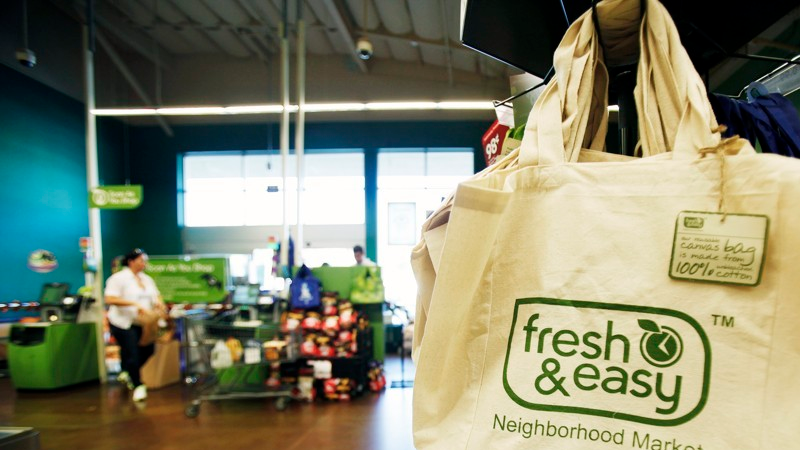When Patrick Robinson, the former creative director of Gap and now the founder and chief designer of Paskho, a line of premium travel clothing, started to think about what kind of summer vacation he wanted, it wasn’t the five-star experience he was after.. “I was interested in doing an authentic, no-frills trip. With Paskho, I work with a factory outside the industrial city of Guangzhou, in southern China. It bothered me that I was working closely with people in a country that I didn’t know much about, so I decided to visit the factory and then tack on a trip to the least touristy part of China I could find.”
This led him to Xinjiang, an isolated region in northwest China where the Uyghur (a largely Muslim and Turkic ethnic minority) seem to be outnumbered by the donkeys. Robinson started his ten-day journey in Kashgar, an important trading city on the historic Silk Road, where negotiations for produce at the morning market are still settled with a handshake. From Kashgar, he drove five hours southwest in a minivan with a guide and driver along desert roads to reach the higher elevations of the Pamir Range, where he spent time with Kyrgyz shepherds. “We stayed with the shepherds in their yurts, which have these giant metal stoves in the middle to keep you warm. Each yurt fit about 30 people, and we all slept on ornate silk carpets.” Robinson and the shepherds sat around at night stargazing, communicating through pantomime, and drinking cup after cup of black tea with yak milk. “Of course, there’s no bathroom—but I didn’t know that the first night. When I asked where it was, everyone burst out laughing.”
Colorfully dressed Uyghur women at a market in Hotan.
Which isn’t to say the experience scared him off. Robinson continued on to Muztagata, an icy peak that towers over the isolated, far western corner of Xinjiang, where Afghanistan, Pakistan, and Tajikistan converge. Next, he was supposed to check in to a hotel in the (relatively) developed town of Tashkurgan, but after a few hours there, he longed to be back in nature and headed to the Taklamakan Desert, where he traveled over the dunes by camel (“I named mine Grumpy—he hated me”). From there, he visited Hotan, a historic oasis town that connected the southern Silk Road with India, stopping at markets selling cream-colored (“mutton fat”) jade, traditional medicine, khan atlas dresses (the ikat-like garments local women wear), and hand-woven silk carpets decorated with Chinese fret and floral motifs.
Returning home after being totally off the grid for ten days was disorienting at first. “I boarded the plane and all of a sudden I was back in that safe, comfortable bubble. When I landed at JFK, I took an Uber home. And don’t get me wrong, I love Uber, but going from point A to point B is a different experience when you’re on an ornery camel and not simply tapping your phone.” Though Robinson did as much advance planning as possible, securing a guide and driver as well as reserving a few nights in a hotel, his advice is to not treat an itinerary as sacrosanct. “I think the real beauty of travel is that you don’t always know what’s next. At one point, I sat on a rock for hours because there was nothing I had to do. It was like being a kid again.”



